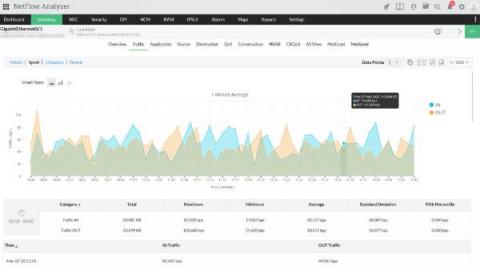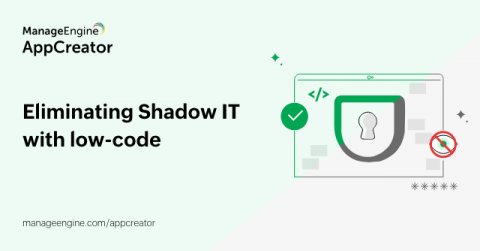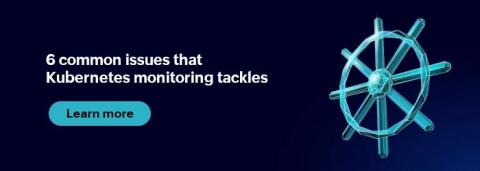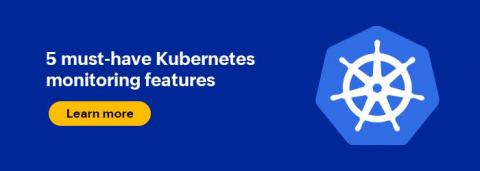6 hacks for your enterprise's network bandwidth usage checking
Enterprises that want to improve the performance of their network often look into limiting access to bandwidth-hogs such as social media and video streaming applications. But for those that really need to gain efficient network, this won’t be enough. You need to keep track of bandwidth usage regularly. While there are many tools to help you check bandwidth usage on network, sometimes finding KPIs specific to your organization can be painstaking.











